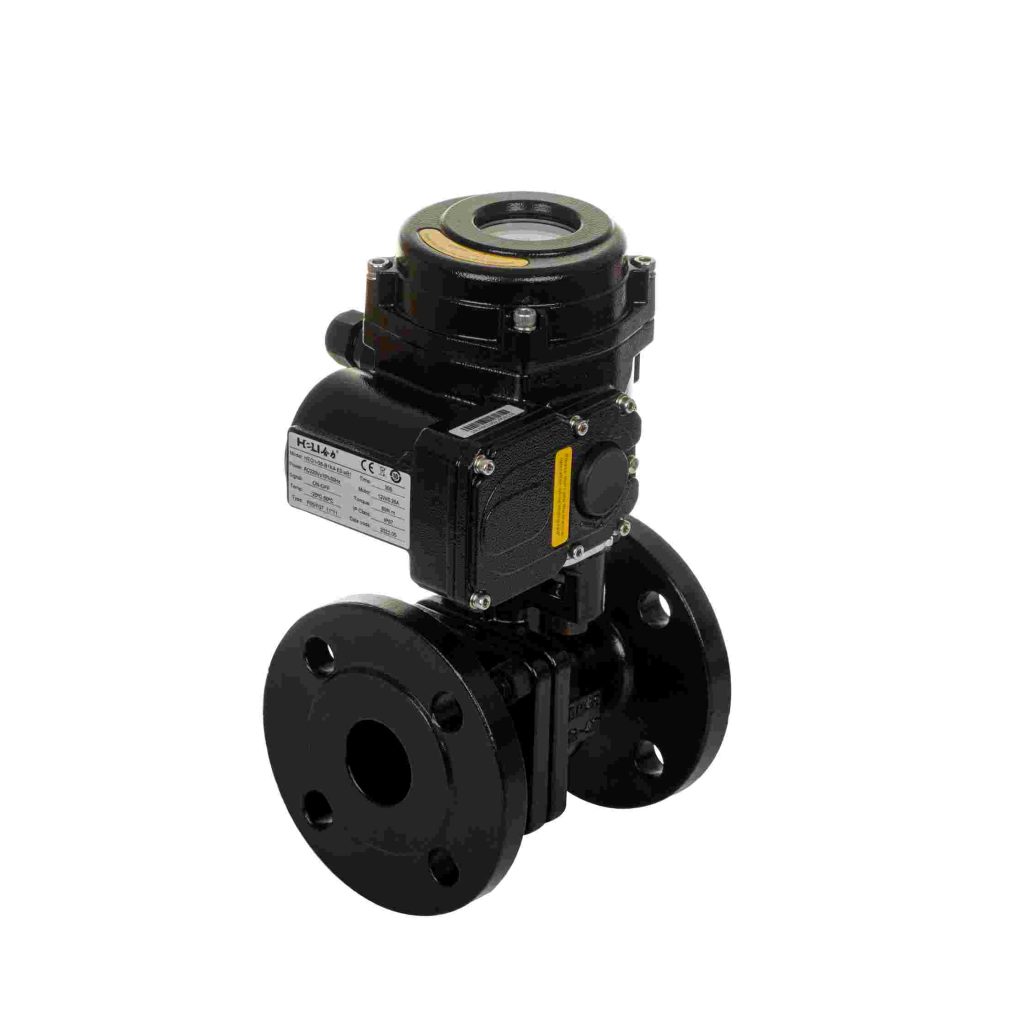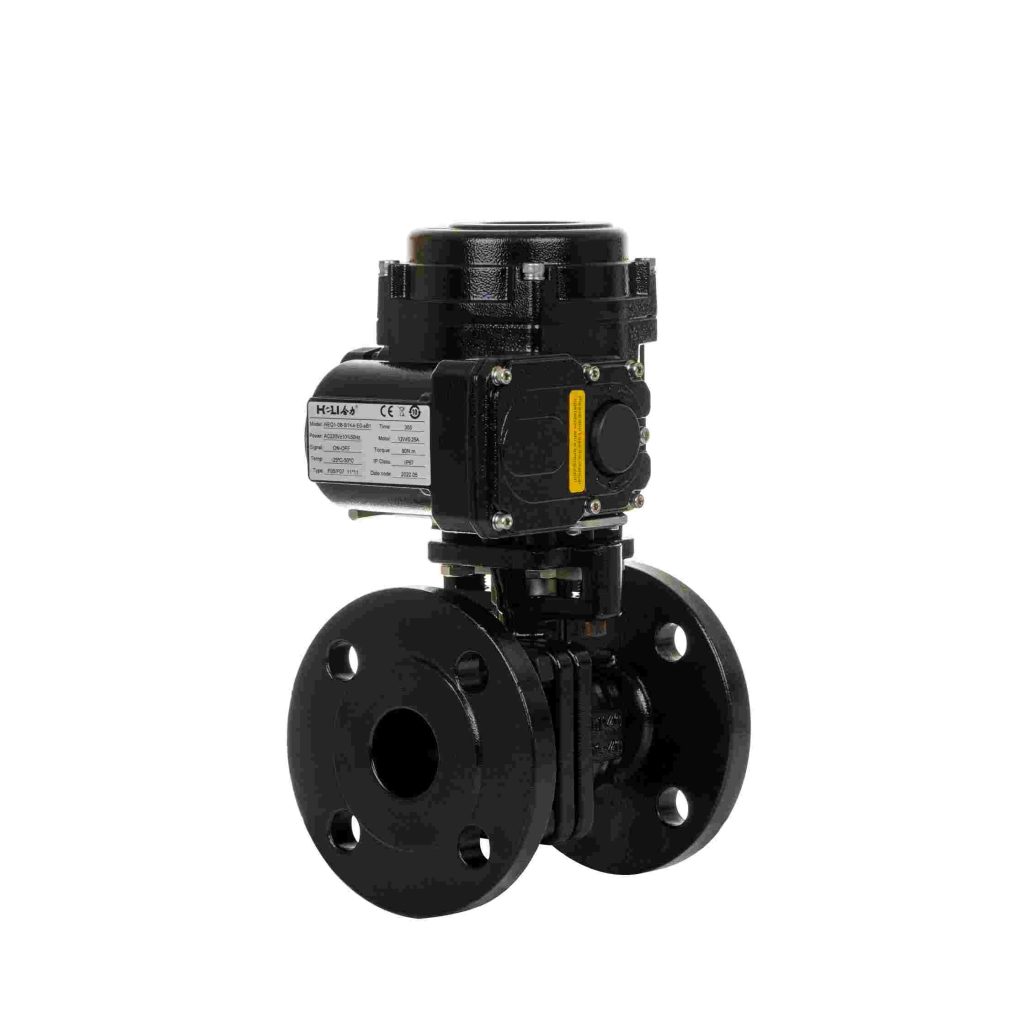In today’s rapidly evolving industrial landscape, automation plays a crucial role in enhancing efficiency, reducing manual labor, and ensuring precision. One of the innovative advancements in automation technology is the Lithium Battery Electric Valve. Combining the power of lithium batteries with electric valve mechanisms, this device offers significant benefits in areas that require autonomous control, particularly in remote or off-grid locations. In this article, we will explore the functionality, advantages, and applications of lithium battery electric valves.

What is a Lithium Battery Electric Valve?

A Lithium Battery Electric Valve is an electromechanical device designed to regulate the flow of fluids or gases through pipes or ducts. Unlike traditional electric valves that rely on continuous external power sources, these valves are powered by rechargeable lithium batteries. The lithium battery powers an electric actuator, which opens or closes the valve in response to control signals from a remote operator or automated system. The core components of a lithium battery electric valve include: Electric Actuator: The actuator is responsible for physically opening or closing the valve. It may use a DC motor, stepper motor, or other electric drives.
